This article was medically reviewed by Luba Lee, FNP-BC, MS. Luba Lee, FNP-BC is a Board-Certified Family Nurse Practitioner (FNP) and educator in Tennessee with over a decade of clinical experience. Luba has certifications in Pediatric Advanced Life Support (PALS), Emergency Medicine, Advanced Cardiac Life Support (ACLS), Team Building, and Critical Care Nursing. She received her Master of Science in Nursing (MSN) from the University of Tennessee in 2006.
This article has been viewed 26,874 times.
If you start to notice strange lumps around the base of your neck, you may have thyroid nodules. These are abnormal growths of cells in the thyroid gland which are typically benign, but they can sometimes be cancerous. While having these neck bumps can be scary, they’re usually harmless and treatable in most cases. How to treat and shrink your nodules depends on which type you have, so they’ll need to be diagnosed by a doctor before you can know whether medication or surgery is right for you.
Steps
Getting Your Thyroid Nodules Diagnosed
-
1See a doctor for a physical exam to confirm you have thyroid nodules. Your doctor will look for telltale signs of hyperthyroidism (an overactive thyroid) and hypothyroidism (an underactive thyroid), as well as examine your thyroid while you swallow. If the lumps on your neck move up and down when you swallow, this will confirm that they’re thyroid nodules.[1]
- Common signs of hyperthyroidism include tremors, anxiety, insomnia, overly active reflexes, and a rapid or irregular heartbeat. Symptoms of hypothyroidism include dry skin, feeling cold, weight gain, and a slow heartbeat.
- Have an endocrinologist perform this exam, if possible, since they will have specialized knowledge about thyroid issues.
-
2Have blood drawn to test whether your thyroid is functioning properly. Thyroid function tests examine the levels of Thyroid Stimulating Hormone (TSH), triiodothyronine (T3), and Thyroxine (T4) in the blood to determine whether your thyroid is overactive or underactive. Additionally, your doctor may order a test to check your thyroid peroxidase antibodies and thyroglobulin antibodies. These tests are used to see if the presence of a thyroid nodule indicates a larger problem with the entire thyroid gland.[2]
- Thyroid function tests can be performed at any time of day and don’t require any advanced preparation such as fasting.
- Note that while blood tests are a good way to determine whether your thyroid is functioning properly, they most likely won’t be able to indicate whether your nodules are cancerous. If your doctor suspects cancer, you’ll need to undergo a bit more testing to confirm this.
Advertisement -
3Undergo a thyroid ultrasound to see whether your nodules are solid. An ultrasound will allow your doctor to determine the shape and structure of your thyroid nodules and distinguish solid nodules from cysts. If there are any nodules that are difficult to find by touch alone, the ultrasound will pick these up as well.[3]
- Solid nodules are more likely to be cancerous than cysts, which are fluid-filled rather than solid, so it’s very important to undergo this test early on.
-
4Ask your doctor to perform a biopsy to see if the nodules are cancerous. Fine-needle aspiration (FNA) biopsies involve using a thin needle to remove a sample of cells from a thyroid nodule that can then be further tested in a lab. These tests will usually be able to tell whether a thyroid nodule is cancerous or not.[4]
- If the biopsy is inconclusive, your doctor may repeat the procedure or recommend further testing to make a more accurate diagnosis of your nodules.
- The biopsy is carried out in the doctor’s office and takes about 20 minutes. You probably won’t need to prepare in advance, although your doctor may ask you not to eat or drink anything for several hours before the procedure.
-
5Have a thyroid scan done to determine if your nodules are cancerous. If having your nodules biopsied wasn’t enough to gauge whether your nodules are cancerous, your doctor will most likely recommend a thyroid scan as the best means of evaluating them. The scan will produce a detailed image of your thyroid’s structure and will best determine if your nodules are indications of thyroid cancer.[5]
- Before the thyroid scan, patients receive a small amount of radioactive iodine in pill, liquid, or injection form. They’re then asked to lie down on an examination table with their neck extended while a gamma scanner tracks the iodine and produces detailed images of how the thyroid processes it.
- Thyroid scans usually take about 30 minutes and involve a small but safe amount of radiation. You’ll be asked to lie very still with your head tipped back so the scanned images can be taken.
- These procedures are usually carried out in the nuclear medicine department of a hospital on an outpatient basis.
Following the Right Treatment Plan
-
1Adopt a “wait and see” approach if your doctor advises you to. Because the vast majority of thyroid nodules turn out to be benign, your doctor may conclude you don’t need any specific treatment. Under a “wait and see” approach, keep an eye on the nodule to see if your condition changes and visit your doctor at regular intervals to have thyroid function tests done.[6]
- Even if your doctor tells you to wait and see, you should go in for a follow-up visit every 6-18 months after your initial visit just to make sure your situation is still nothing to worry about.
- If your thyroid nodule is benign and your condition never changes, you may never even need treatment for it!
-
2Consider hormone suppression therapy to shrink benign nodules. This therapy involves taking a synthetic form of thyroxine, the hormone produced by the thyroid, in pill form. This will theoretically signal the pituitary gland to stop stimulating the growth of thyroid tissue in your neck. However, this treatment has not been found to consistently shrink thyroid nodules across all cases.[7]
- Furthermore, there’s no clear evidence that benign thyroid nodules even need to be shrunk at all, so your doctor may not recommend this treatment.
- Examples of synthetic thyroxine include Levoxyl and Synthroid.
-
3Use radioactive iodine to treat hyperthyroidism caused by nodules. Taken as a capsule or in liquid form, radioactive iodine is absorbed into the thyroid gland. Once it’s absorbed, it causes your thyroid nodules to shrink and reduces the symptoms of hyperthyroidism within 3 months.[8]
- Although swallowing something radioactive sounds scary, this is actually a very safe and effective procedure in most cases. The amount of radiation in the iodine is not enough to cause you any serious harm.
- Note that pregnant women and women who may become pregnant are generally advised to avoid this treatment.
-
4Take anti-thyroid medications if your doctor recommends them. Like radioactive iodine, anti-thyroid medications are used to treat thyroid nodules that lead to hyperthyroidism. However, anti-thyroid medication treatment is a long-term treatment plan and can have serious side effects on your liver, so only follow this plan if your doctor thinks it’s necessary for your condition.[9]
- Examples of anti-thyroid medications include Propylthiouracil and Methimazole.
- In addition to rare instances of liver damage, side effects of anti-thyroid medications may include rash, itching, hair loss, and fever.
-
5Undergo surgery to remove troublesome or cancerous nodules. Thyroid nodules that cause obstructive symptoms, like serious difficulty breathing or swallowing, or that are malignant will need to be surgically removed. If your nodules are cancerous or suspected to be cancerous, your doctor may advise you to have the rest of the thyroid gland removed as well to prevent the cancer’s spread.[10]
- Thyroid surgery usually requires hospitalization and general anesthesia. You may have pain in your neck for 1-2 days after the surgery and the incision will leave a small scar.
- After this procedure, called a thyroidectomy, you’ll need to take synthetic thyroxine for the rest of your life to keep your body supplied with normal amounts of thyroid hormone.[11]
- The risks involved in a thyroidectomy are very minimal and it is the most common (and most successful) treatment for thyroid cancer.
References
- ↑ https://www.mayoclinic.org/diseases-conditions/thyroid-nodules/diagnosis-treatment/drc-20355266
- ↑ https://my.clevelandclinic.org/health/diagnostics/17556-thyroid-blood-tests
- ↑ https://my.clevelandclinic.org/health/diseases/13121-thyroid-nodule/diagnosis-and-tests
- ↑ https://my.clevelandclinic.org/health/diseases/13121-thyroid-nodule/diagnosis-and-tests
- ↑ https://www.healthline.com/health/thyroid-scan#uses
- ↑ https://www.mayoclinic.org/diseases-conditions/thyroid-nodules/diagnosis-treatment/drc-20355266
- ↑ http://mythyroid.com/thyroidnodules.html
- ↑ https://www.mayoclinic.org/diseases-conditions/thyroid-nodules/diagnosis-treatment/drc-20355266
- ↑ https://www.mayoclinic.org/diseases-conditions/thyroid-nodules/diagnosis-treatment/drc-20355266
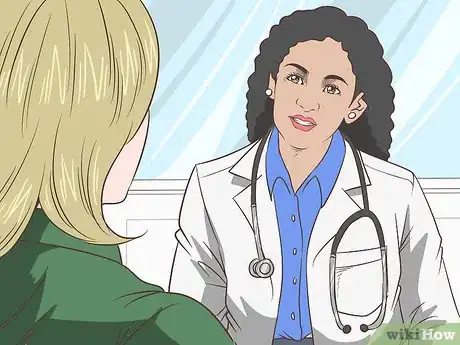
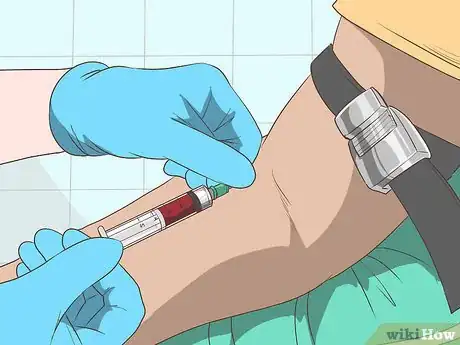


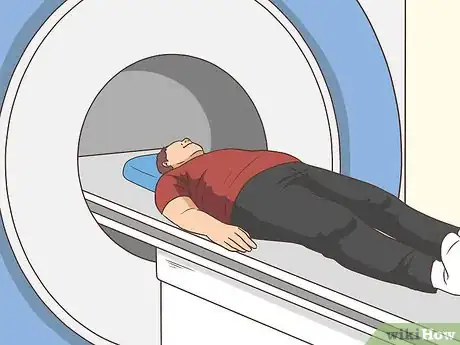

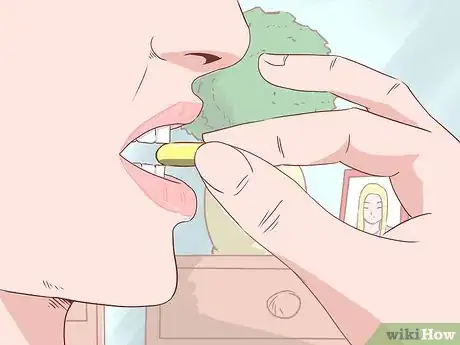
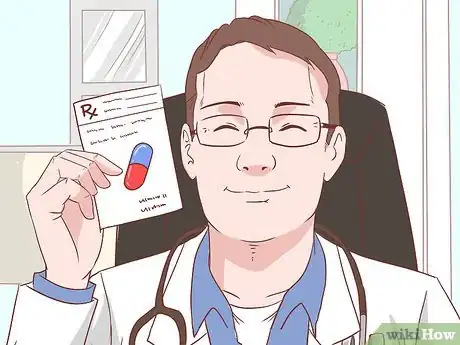
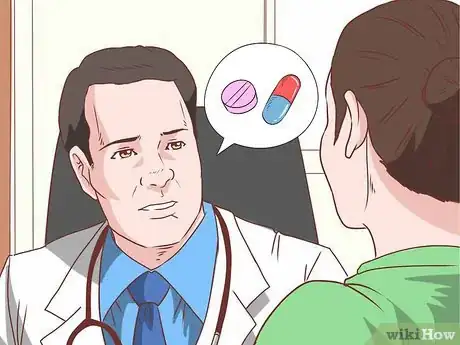
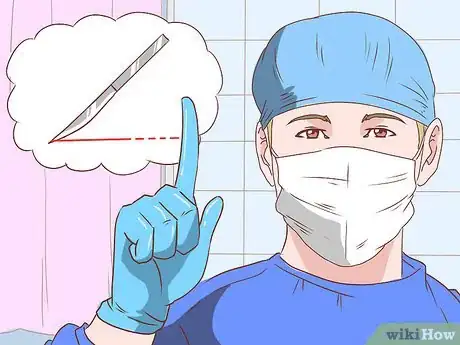
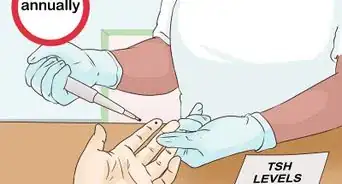
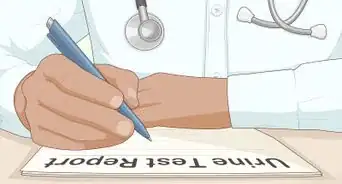




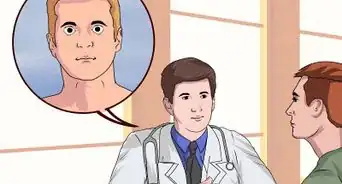

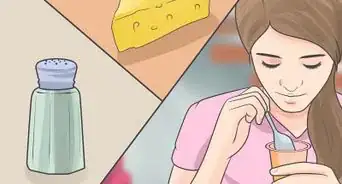
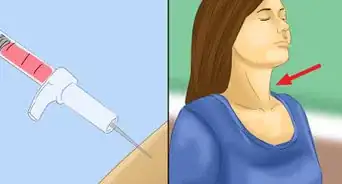

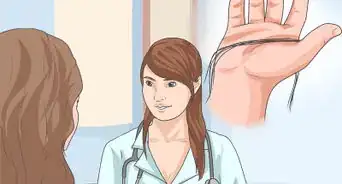









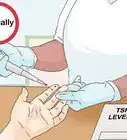

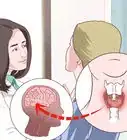




































Medical Disclaimer
The content of this article is not intended to be a substitute for professional medical advice, examination, diagnosis, or treatment. You should always contact your doctor or other qualified healthcare professional before starting, changing, or stopping any kind of health treatment.
Read More...